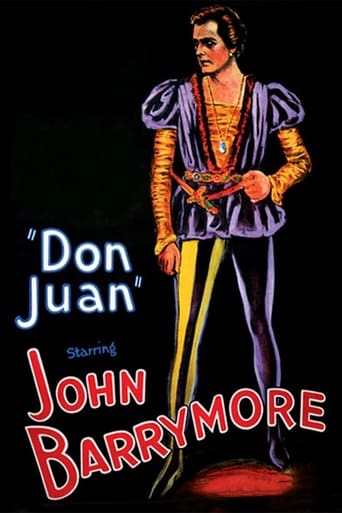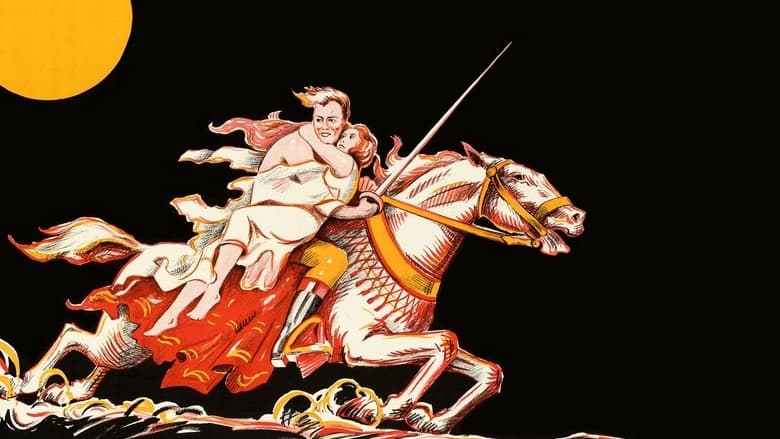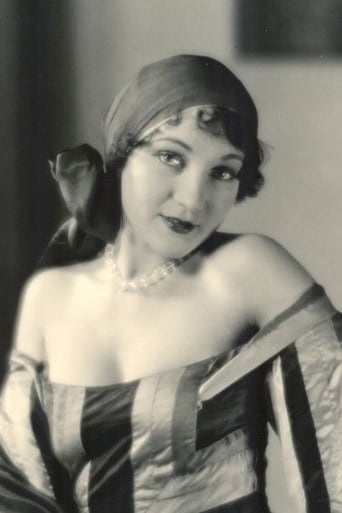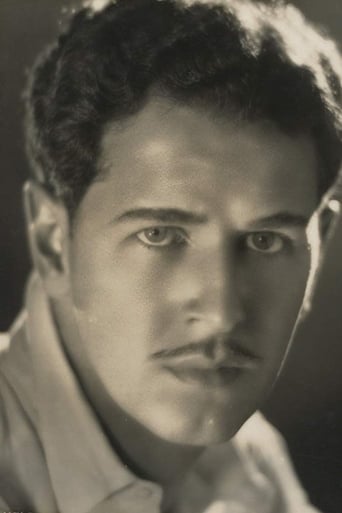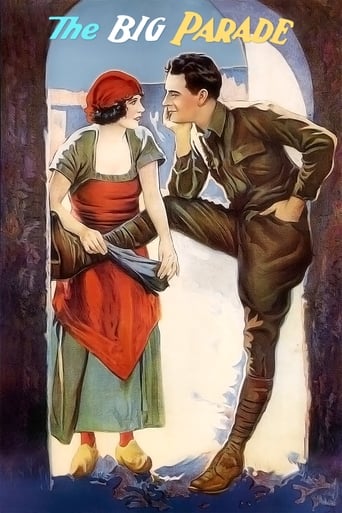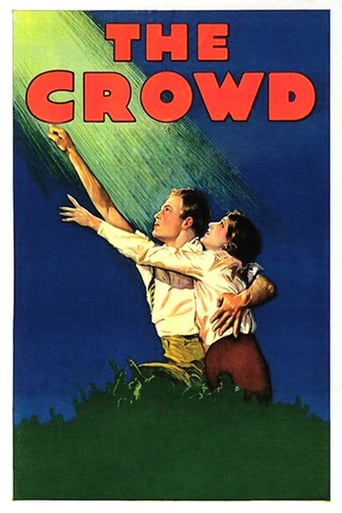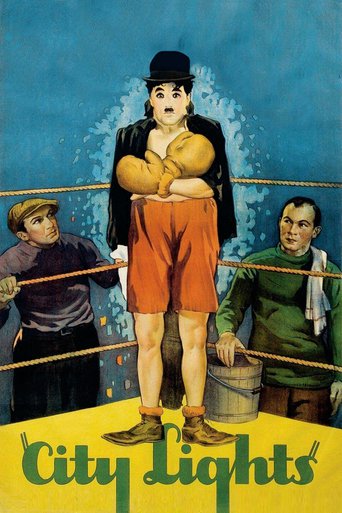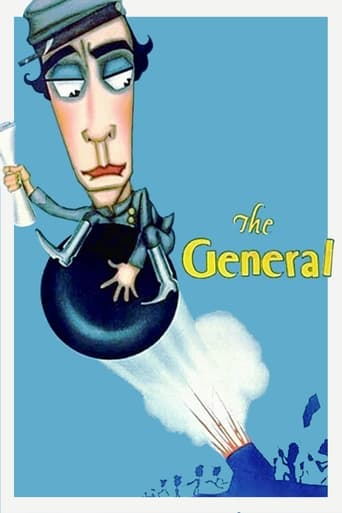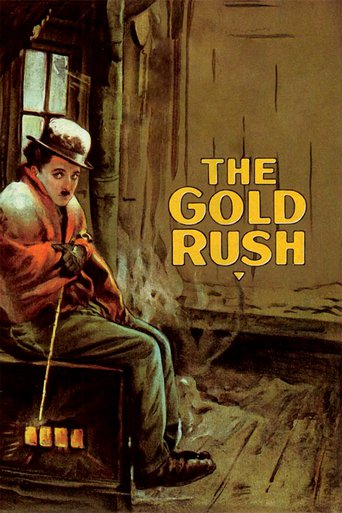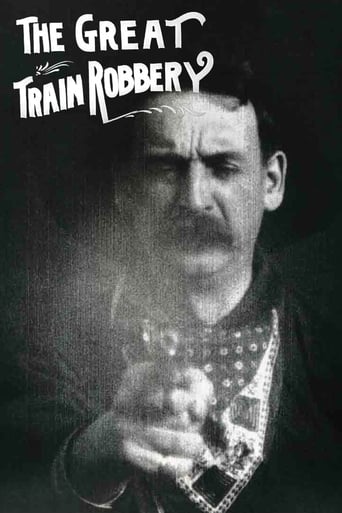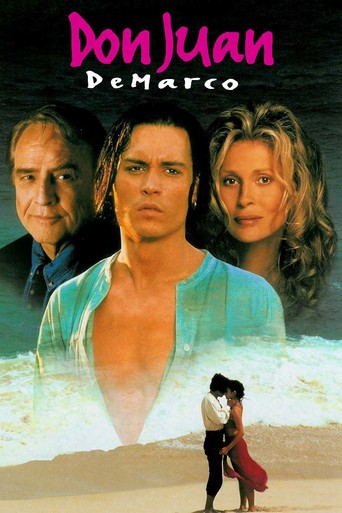Don Juan (1926)
If there was one thing that Don Juan de Marana learned from his father Don Jose, it was that women gave you three things - life, disillusionment and death. In his father's case it was his wife, Donna Isobel, and Donna Elvira who supplied the latter. Don Juan settled in Rome after attending the University of Pisa. Rome was run by the tyrannical Borgia family consisting of Caesar, Lucrezia and the Count Donati. Juan has his way with and was pursued by many women, but it is the one that he could not have that haunts him. It will be for her that he suffers the wrath of Borgia for ignoring Lucrezia and then killing Count Donati in a duel. For Adriana, they will both be condemned to death in the prison on the river Tigre.
Watch Trailer
Cast


Similar titles
Reviews
The greatest movie ever made..!
Don't listen to the negative reviews
a film so unique, intoxicating and bizarre that it not only demands another viewing, but is also forgivable as a satirical comedy where the jokes eventually take the back seat.
Tells a fascinating and unsettling true story, and does so well, without pretending to have all the answers.
Myrna Loy commenced in the chorus in M-G-M's "Pretty Ladies" (1925), but soon graduated to featured roles in Warner Bros "B" efforts, while continuing to grace unbilled or small roles in "A" productions such as the magnificent "Don Juan" (1926) (formerly available on a superb VHS tape) in which she plays Lucrezia Borgia's maid. "Don Juan", of course, was the prestige movie that ushered in the sound era for motion pictures. While there was no spoken dialogue, the whole film was accompanied by a rousing pre-recorded orchestral score, plus effective sound effects. John Barrymore - here in his prime - played the title character with such panache, he overwhelmed most of the cast - including not only Myrna Loy, but just about everyone else.There were, however, just five exceptions. The five who stood up to Barrymore and were not overwhelmed in his presence, were Mary Astor's lovely heroine, Estelle Taylor's treacherous Lucrezia, Warner Oland's Cesare Borgia and Montague Love's villainous Count Donati.
This is a fun film. It has a charismatic lead in John Barrymore, a deliciously evil villains in Estelle Taylor and Montagu Love, and a beautiful young Mary Astor as the ingénue who cures Don Juan of his skirt chasing ways. There's lots of ardent love scenes and swashbuckling action a la Douglas Fairbanks.The sets and costumes are strange, a bizarre mix of 16th century fashion and art deco. The women sport kiss curls and cupid bow mouths. Modern viewers unused to a thing known as historical context will no doubt laugh at the heavily made up men (especially Don Juan's sidekick; he seems to be wearing more lipstick than Estelle Taylor.) All in all, a good time for silent film fans.
"Don Juan" has historical significance in that it was the first feature to utilize Warner Bros. "Vitaphone" process wherein a synchronized sound track was used. It consisted of orchestral accompaniment and sound effects. Besides that, it is a pretty good swash buckler giving star John Barrymore a duel role.Barrymore plays Don Jose de Marina and his son Don Juan. In the opening scenes the elder Don Jose catches his wife (Jane Winton) with her lover and casts her from his castle. He sours on all future relationships with women and councils his son as he dies to do like wise.Fast forward about 20 years and we find the young Don Juan in Rome loving and leaving several ladies (most of whom are married). Then one day he meets the virginal Adriana Della Varnese (Mary Astor) and is smitten by her. We learn that the infamous Borgias, Lucrezia (Estelle Taylor) and her brother Cesare (Warner Oland) rule Rome. Their right hand Count Giano Donati (Montague Love) also has designs on the fair Adriana.The Borgias force Adriana to agree to marry Donati in order to save her father (Joseph Swickard) from execution. Don Juan believes that Adriana is doing so willingly and seeks comfort in a love/mistrust relationship with Lucretzia. Needless to say, things get sorted out culminating with an exciting duel between Don Juan and Donati.Barrymore who looked to be in great shape complete with his skin tight leotards, surprised me with his prowess with a sword. He gives a performance worthy of Douglas Fairbanks that other master swash buckler of the silents. It was no stretch for him to play the womanizing playboy, a role he essayed in real life.Barrymore displays his versatility in the scene in the torture chamber where he impersonates the torture master. He contorts his face, much like he did in "Dr. Jekyll and Mr. Hyde" (1920), to render himself unrecognizable to the Borgias and the fair Adriana.Mary Astor and Myna Loy, who plays Lucretzia's hand Maiden were just starting out and were only in their early 20s at the time. Hedda Hopper also appears briefly.Unfortunately, Wasrner Bros. chose to tack on a typical Hollywood ending with the hero and heroine riding off into a painted backdrop sunset. It kinda of spoils what had been a good movie.Warner Bros. would release the first synchronized talking picture the following year with Al Jolson's "The Jazz Singer" and the rest, as they say, is history.
Monday August 7, 7:00pm The Paramount Theater"Love lent my feet wings."With triumphant stage productions of Richard III in 1920 and Hamlet in 1922 behind him, John Barrymore entered a period almost exclusively devoted to work in films. Beau Brummel in 1924 was followed by the first of two films based on Mellville's Moby Dick, The Sea Beast (1926). As he hit his stride and entered the most stable point in his turbulent career Barrymore appeared in his greatest silent role, Don Juan (1926). As an action hero, he invites comparison to the vastly superior Douglas Fairbanks. The strength of Barrymore's performance lies in the droll and devilish humor of Don Juan de Marana. As his father in the prologue, Don Jose (Barrymore) indulges his lust with a virtual harem of beautiful women, and the apple falls not so far from the tree! Don Juan is introduced in the most amusing scene, as he and his servant Pedrillo (Willard Louis) successfully juggle several pursuant beauties and cleverly deceive a jealous husband. The first family of crime, the infamous Borgias, appear in all their sinister decadence as Cesare (Warner Oland) and his poisonous sister Lucrezia (Estelle Taylor) recline in their palace before a beautifully realized bacchanalian feast. There are constant reminders of the pleasure they take in their devious evil doings (the arrival and handling of a Borgia invitation sent to Juan is quite amusing). The House of Borgia serves as support for the primary villain, Count Giano Donati (Montague Love), a lecherous monster determined to force himself on Adriana della Varnese (Mary Astor), the latest object of Juan's affections. Considered broad and wildly overdone, even in 1926, Don Juan is briskly paced, tinged with humor, sexual escapades and swashbuckling action. Barrymore was never more entertaining, until he spoke!Viewers of this film should note the number of amorous dalliances in which Don Juan engages, and then consider the even more sorted story behind the scenes!Don Juan was produced by Warner Brothers and the Vitaphone Corporation as, "...the first commercially released film featuring a recorded musical soundtrack." For the unheard of ticket price of ten dollars the audience was treated to several shorts, showcasing the sound- synchronized performance of music, song and spoken word followed by the feature. After the novelty shorts, the New York audience must have experienced something of a letdown as they listened to a tinny recorded version of what they had become accustomed to hearing as live accompaniment. Where the Vitaphone process paid off was in small and medium-sized markets that rarely used more than a single instrument for accompaniment. Hearing the New York Philharmonic in a one theater town must have seemed wonderful, and certainly furthered the illusion of refined exclusivity just as movies had created the illusion of live theater years before.

